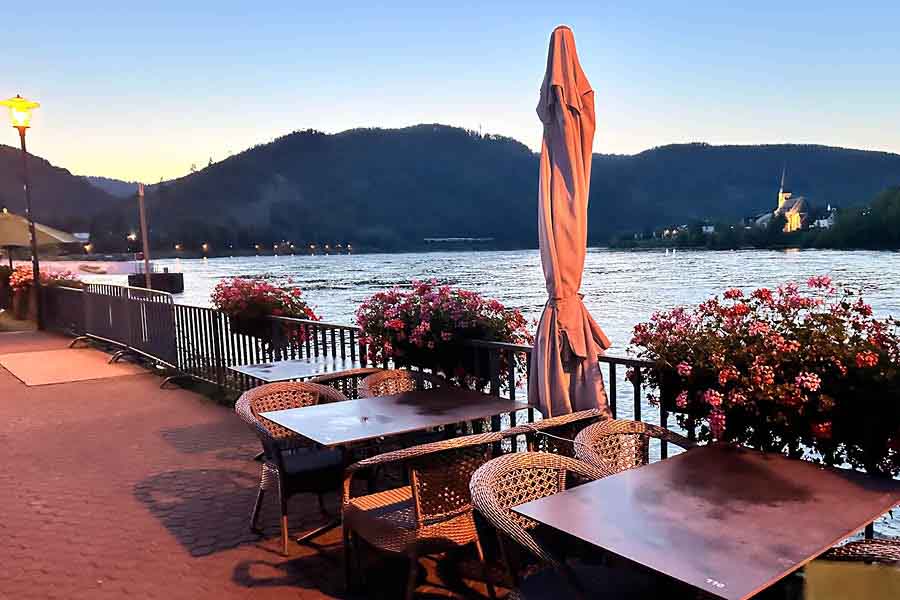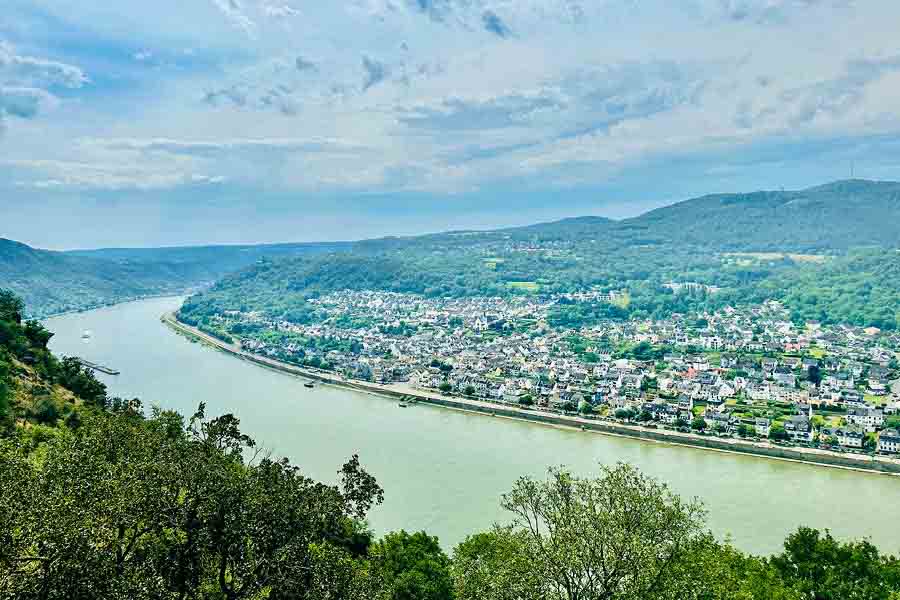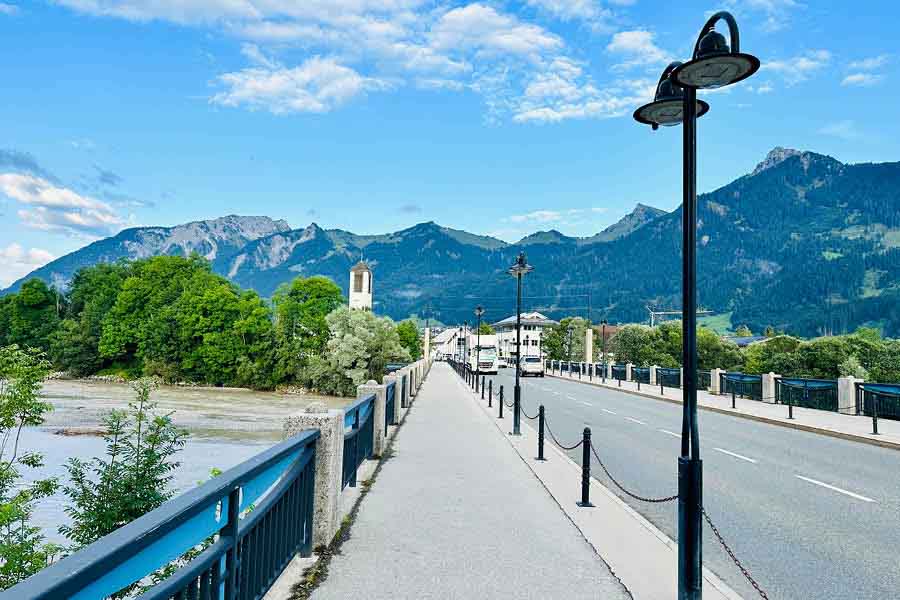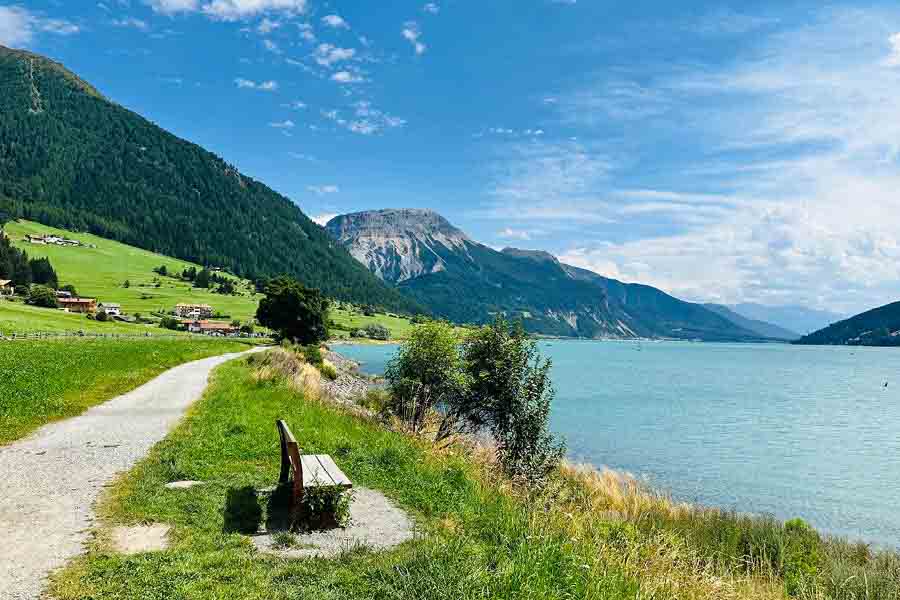Our battered suitcases were piled on the sidewalk again; we had longer ways to go. But no matter, the road is life.
– Jack Kerouac
In an age where air travel dominates, my family and I embarked on an ambitious road trip from the UK to Italy. The aim — to rediscover the joys of slow travel and avoid tourist traps. Our journey, spanning seven countries and more than 5,000km of driving, offered us a unique perspective on the changing landscapes, cuisines and histories of Western Europe, culminating in an exploration of Italy’s diverse regions.
Moving from the battlefields of Waterloo to the ancient cave dwellings of Matera, from the dramatic Amalfi coast to the trulli houses of Puglia, our road trip avoided the overcrowded touristy places, offering a voyage of discovery through Italy’s stunning natural beauty and the charm of its lesser-known gems.
The road trip experience: freedom and flexibility
Our decision to undertake a road trip, rather than fly, was rooted in a desire for more freedom and flexibility. Time is so precious these days that most of us prefer to travel by air, making peace with the various hassles of security check, baggage weight restrictions, cramped leg space and, most importantly, having to travel on someone else’s schedule. On a road trip, you are the master of your own time.
Practically our entire household went on the road trip, including our children, our pet, cool bags, dog food, an inflatable boat, a roof box, among other things. The journey became not just about reaching a destination, but about savouring the gradual changes in people, culture, food and language along the way. This slow transition provided us with a richer, more immersive experience than the abrupt change one experiences when flying.
Our outbound route from London took us through France, Belgium and the Netherlands before entering Germany. We crossed the historic battlefields of Dunkirk, Waterloo near Charleroi — the site of Napoleon Bonaparte’s famous defeat — and Aachen, which witnessed heavy fighting during World War II. This journey through history set the tone for a trip that would continually interweave the past with the present.
A journey through time: Castles, medieval towns and ancient ruins

A restaurant by the Rhine in Boppard
Germany is not a sought-after destination, at least in my social circle. But our research suggested a route through Germany that would avoid exorbitant French highway tolls. I also wanted to make our drive as interesting as possible. Eventually, we settled on passing through the Rhine Valley, with its Roman and medieval castles perched on hillsides, providing a splendid backdrop. These fortifications, once vital for controlling trade along the river, now stand as picturesque reminders of Europe’s feudal past.
After crossing the channel by train, we ended up at our first destination — the German town of Boppard by the Rhine river. Having negotiated winding forest roads in the fading twilight, we reached Boppard around 10pm. Most of the restaurants were closing. Luckily, the Himachali owner of the only Indian restaurant in sight took pity and agreed to serve us. We ate in the starlight by the Rhine bank. This established one of the themes of the trip — immigrant restaurant owners would walk the extra mile to come to our rescue more than once.
Boppard is a pleasant little spot by the river with some Tudor style buildings and beautiful spaces for walking. Large river barges ferrying passengers or industrial goods are a frequent sight. The Rhine, after all, continues to be one of the dynamos of the German economy.
The next day we made our way through multiple castles as we continued on our route to Austria.
Into Italy through Tyrol in Austria

The stunning view from the Burg Sterrenberg castle
We continued our drive in Germany through stunning scenery around the Rhine — the beautiful riverside towns and villages, the hot bratwursts, the Roman and Gothic castles with their amazing vantage points. Germany is known for its fabulous sausages and bratwursts, my family’s favourites.
We explored two castles among the many on the route. One of them, the Burg Sterrenberg, has an imposing presence atop a hill. The castle’s origins stretch back to Roman times, with the earliest written evidence stretching all the way back to 1110. Walking through its ancient gates, we felt transported to another era. The main tower rose majestically before us, its silhouette reminiscent of a Grimm brothers’ fairytale castle — one half expected to see Rapunzel letting down her hair!
The history was palpable. The castle has changed hands many times over the centuries, belonging to various noble families before becoming state property. We explored the grounds, where I came across remnants of different architectural periods, each telling a part of Sterrenberg’s long story. The castle was continuously inhabited till it fell into disrepair in 1492. It was renovated by the Rhineland-Palatinate state between 1968 and 1978, and is often used as a wedding destination these days.
But it was the view that truly took my breath away. From the castle’s vantage point, the Rhine Valley unfolded before me in a spectacular panorama, as the river wound through the lush landscape, dotted with vineyards and charming villages. It was easy to see why this location was so strategically important throughout history.
Surviving a storm and ascending the Alps

The town of Reutte in Austria
We also found time to visit the Marksburg castle, one of the principal sites of the Rhine gorge UNESCO World Heritage area. Of the 40 hill castles between Bingen and Koblenz, the Marksburg is one of only two which have never been destroyed (the other being Maus castle) and at least the only one that has never fallen into disrepair.
Around afternoon, as we were approaching Austria, a menacing dark tower of a cloud gathered. Frequent lightning strikes and rumbles of thunder soon gave way to high winds, followed by one of the most unnerving torrential downpours I have experienced. Perhaps my two decades in the temperate climate of the UK had reduced my familiarity with tropical thunderstorms. The rain was incessant. In no time, my windshield was a white out. Every now and then, lightning strikes illuminated the grey wall of rain and mist. Cars were still overtaking us. It was a scary moment.

The Neuschwanstein castle, the inspiration for the Disney logo
Having survived the storm, we checked into our Austrian pension house (a no-frills B&B type accommodation). Next morning, we were greeted with blue skies as we made our way into Italy. In keeping with the castle motif, we drove through the pretty village of Hohenschwangau to catch a glimpse of the Neuschwanstein castle. Built in the 19th century by the king of Bavaria as a tribute to the composer Richard Wagner, the castle inspired the Disney logo.
After driving past the Neuschwanstein castle, we ascended the Alps. We crossed into Italy through the Reschen pass under incessant rain. Italy greeted us with brilliant blue skies reflecting in the shimmering Curon Venosta lake.
This article is the first of two about the author’s road trip to Italy
Koushik Chatterjee is an IT executive based in London. He is an avid traveller, occasional blogger, sports nut and quizzing enthusiast. He has competed in the UK version of BBC Mastermind. His pet passions include the Sanskrit language and the conservation of the late mediaeval terracotta temples of eastern India.


